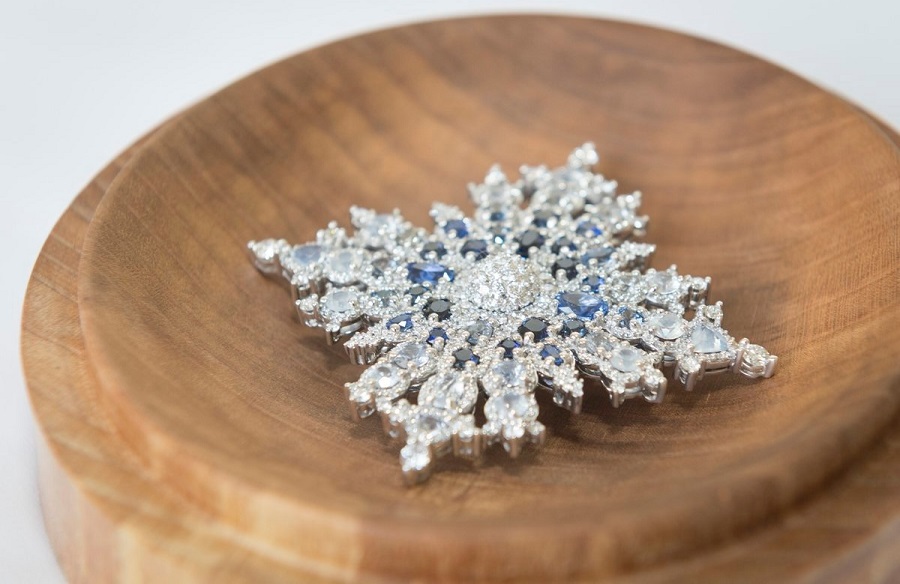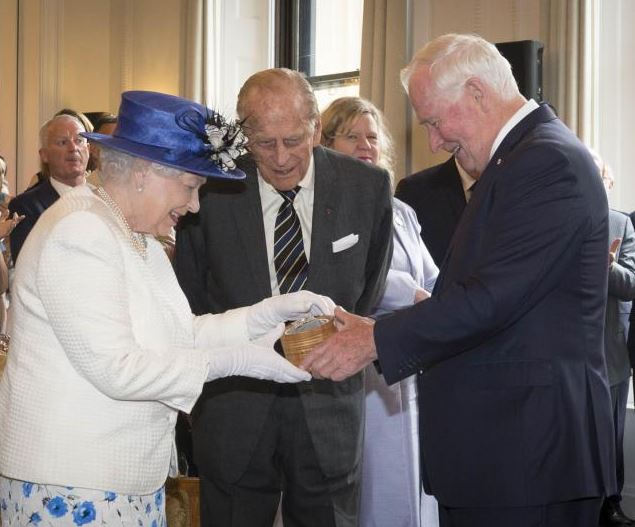New research could make it easier to find high-quality Canadian sapphires

Researchers from the University of British Columbia’s Department of Earth, Ocean and Atmospheric Sciences discovered that it takes a fairly specific sequence of pressure and temperature events to create Beluga sapphires in Nunavut.
“It’s essentially a recipe,” said Graduate Student Philippe Belley, lead author of a study that was published this week in the journal Canadian Mineralogist.
Belley explained in a press release that once he and his colleagues discovered what chain of events from Earth’s history was required to form sapphires in marble-related deposits on Baffin Island, they compared that information to regional data to pinpoint the most promising areas for sapphire exploration.
Those areas are expected to occur near a fault that separates the Lake Harbour Group and Narsajuaq terranes.
According to UBC mineralogist and expert on gem deposits Lee Groat, the new findings not only will facilitate gemstone exploration in that specific section of the Arctic but can be also applied to exploration in other parts of the world.
Beluga sapphires, specifically 48 of them, are the gems that adorn Queen Elizabeth II’s Sapphire Jubilee Snowflake Brooch. The piece also has 400 diamonds from northern Canada, all set in Canadian white gold.
The gems in the brooch were discovered near Kimmirut, Baffin Island, by brothers Nowdluk and Seemeega Aqpik in 2002. That location is Canada’s only known deposit of sapphires.

Canada’s Governor General presented Queen Elizabeth with the Sapphire Jubilee Snowflake Brooch on July 19, 2017. The brooch celebrates The Queen’s Sapphire Jubilee. Photo by Sgt Johanie Maheu, Rideau Hall.
More News
{{ commodity.name }}
{{ post.title }}
{{ post.date }}

2 Comments
2010krank
Never knew we had sapphires.
Altaf
The brooch consist of some specs of blue dominated by heavy other materials, presumably silver or platinum as metal and diamonds as major gems. Not a single sapphire is eye catching.
Unless there is a talk of the Canadian sapphires better than Burmese or Ceylone or African or latin american gems, the sapphires from Canada will be ordinary.